By Raoul Pascual.
The Philippines is the only Catholic country in Asia.
Although there are other religions (Muslim being a far second and focused mostly in the southern region), 300 years of Spanish colonization since the coming of Magellan in 1521, the Catholic church has been a strong influence in the culture of this South East Asian country. So when Holy Week comes around, business essentially comes to a standstill for a whole week starting from Palm Sunday to Easter Sunday. The traffic congestion in the Greater Manila area miraculously disappears because the urban dwellers venture out to the different provinces.
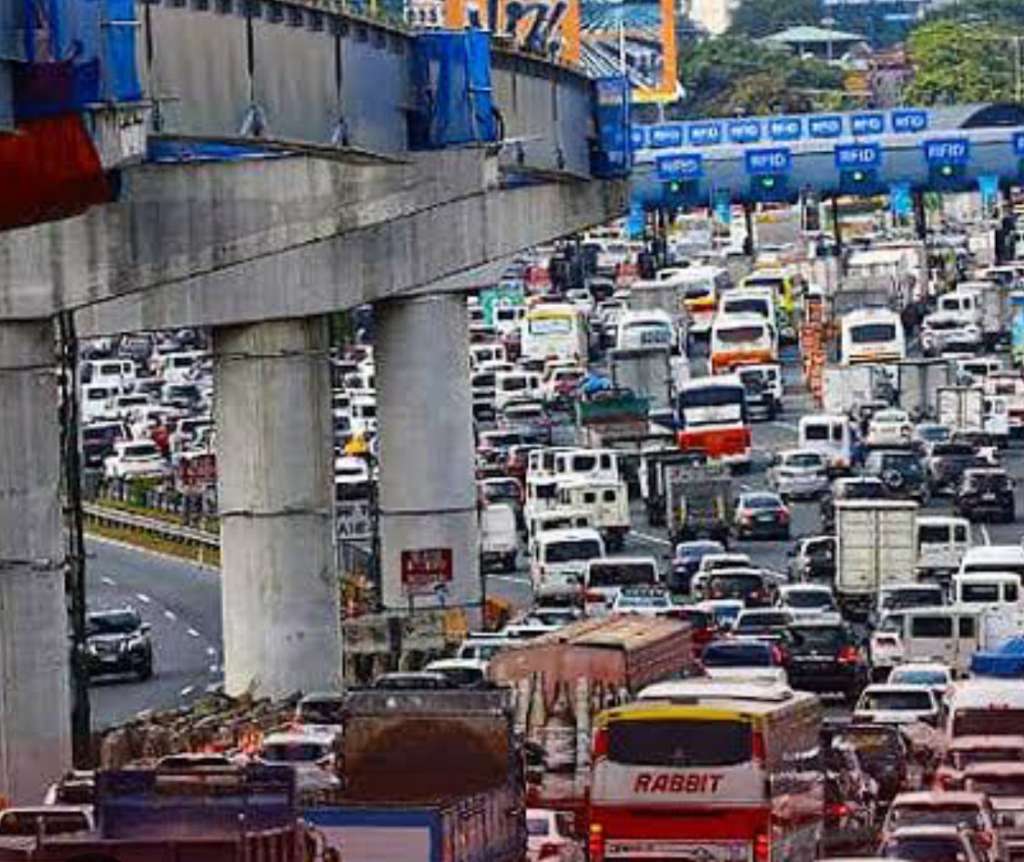
Photo by R Samonte for Traveling Boy.
Naturally, long traffic lines form heading out of the city starts usually on the weekend of Palm Sunday. And the same lines form coming back on Easter Sunday. Some horror stories claim upwards of 10 hours of travel time. Not surprising, considering many provincial roads are only 2 lanes. It takes a skillful driver to know when to overtake and cut travel time.
R Samonte shared the creative routes he took to avoid the traffic. Video made for Traveling Boy.
What Events Happen during Holy Week?
Moriones Festival
The big tourist attraction is the colorful Moriones Festival in the island of Marinduque (just south of Manila in the big island of Luzon). It is an annual Lenten festival where the locals wear paper mache face masks and costumes depicting the Roman guards who crucified Christ. In the sweltering heat these actors search the village for a legendary folk hero named Longinus who betrayed Rome by becoming a Christian. Rumor has it that Longinus had one good eye. But when he pierced the side of Jesus who was hanging on the cross, the blood and water fell on his bad eye and, miraculously, he was then able to see.
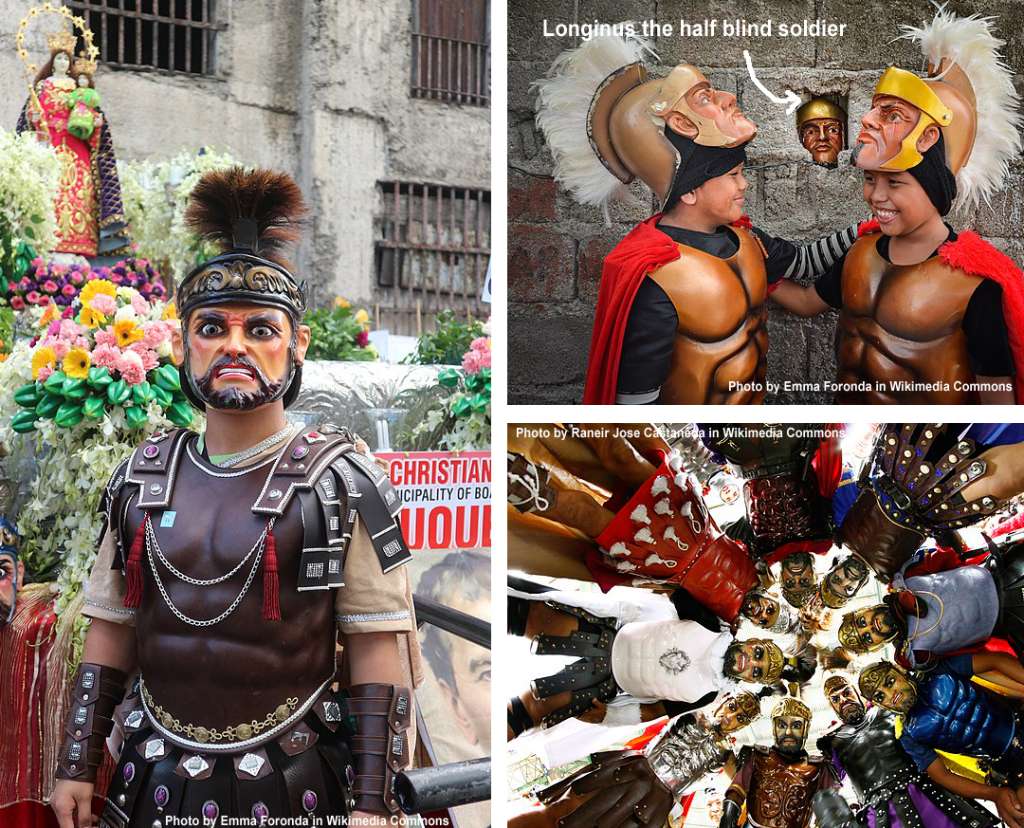
A Spanish priest named Dionisio Santiago started this festival back in the Spanish occupation of the Philippines in 1887. As in many traditions, there is no historical evidence that this man, nor the miracle existed but why bother with historical accuracy when you’ve having fun, right? In fact, the reason there are so many religious festivals in the Philippines is because creating festivals was part of the Spanish strategy for conquest: Instead of a prolonged bloody war, the Spaniards realized the locals loved festivals; so by creating more festivals more and more locals salivated to participate in the merriment and this resulted in fewer unrest.
14 Stations of the Cross
In Bulacan (north of Manila) devotees do a pilgrimage to “The Grotto.” A land owner who was dying of cancer was miraculously healed and she sponsored a construction of the 14 stations of the cross where life-sized sculptures of the stages of Christ’s suffering can be prayed to.
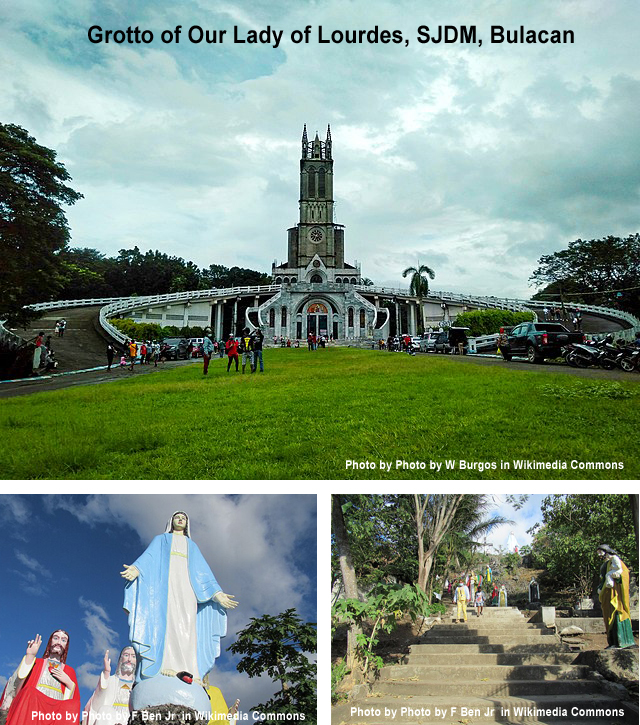
There are other religious traditions like the Pabasa (literally translated as “The Reading”) where a designated reader (or readers) read the passions of Christ out loud. Churches also add the washing of the feet commemorating Christ’s washing the feet of his apostles during the Last Supper. Many other reenactments also take place — giving much opportunity for the devotees to grab the spotlight.
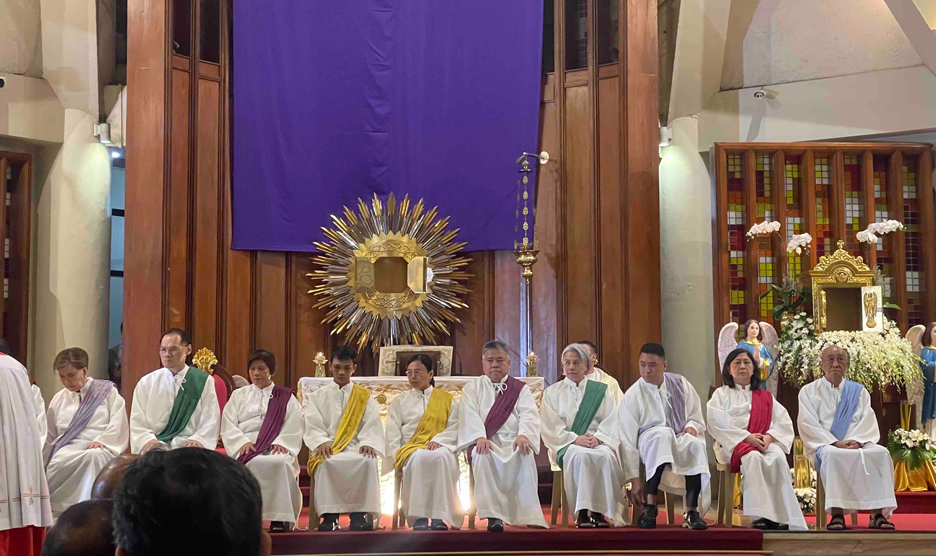
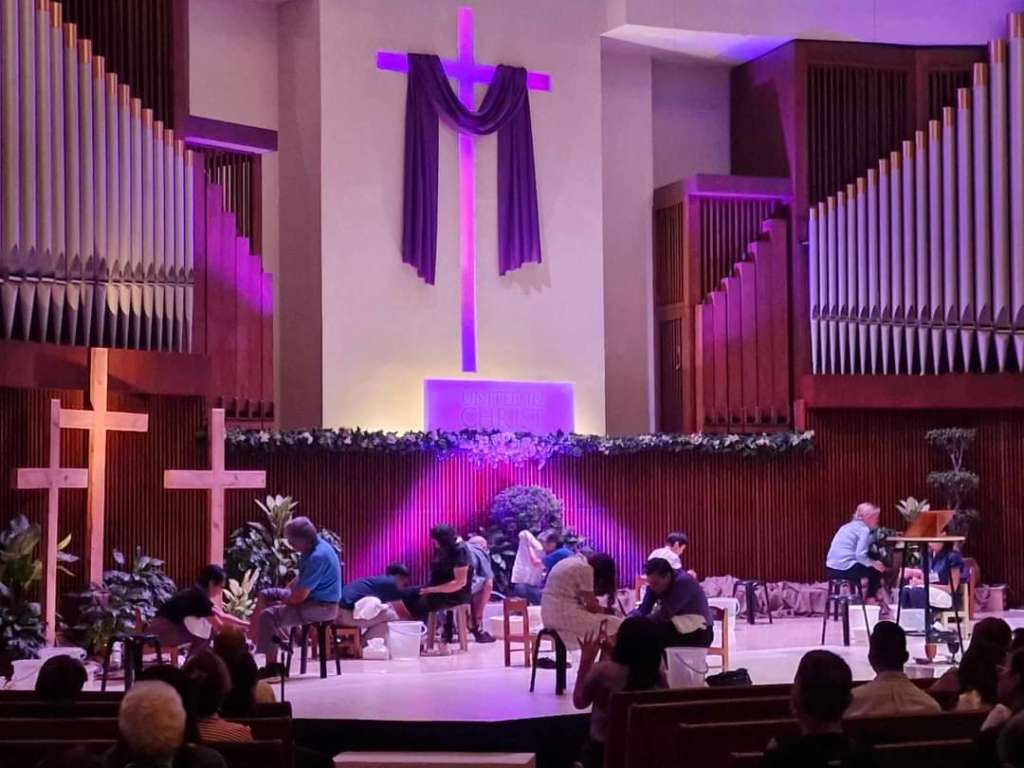
High Mass
High Mass is ordinary hour-long mass in steroids. The celebration adds a long procession with incense and extra long prayers. There are a lot more singing.
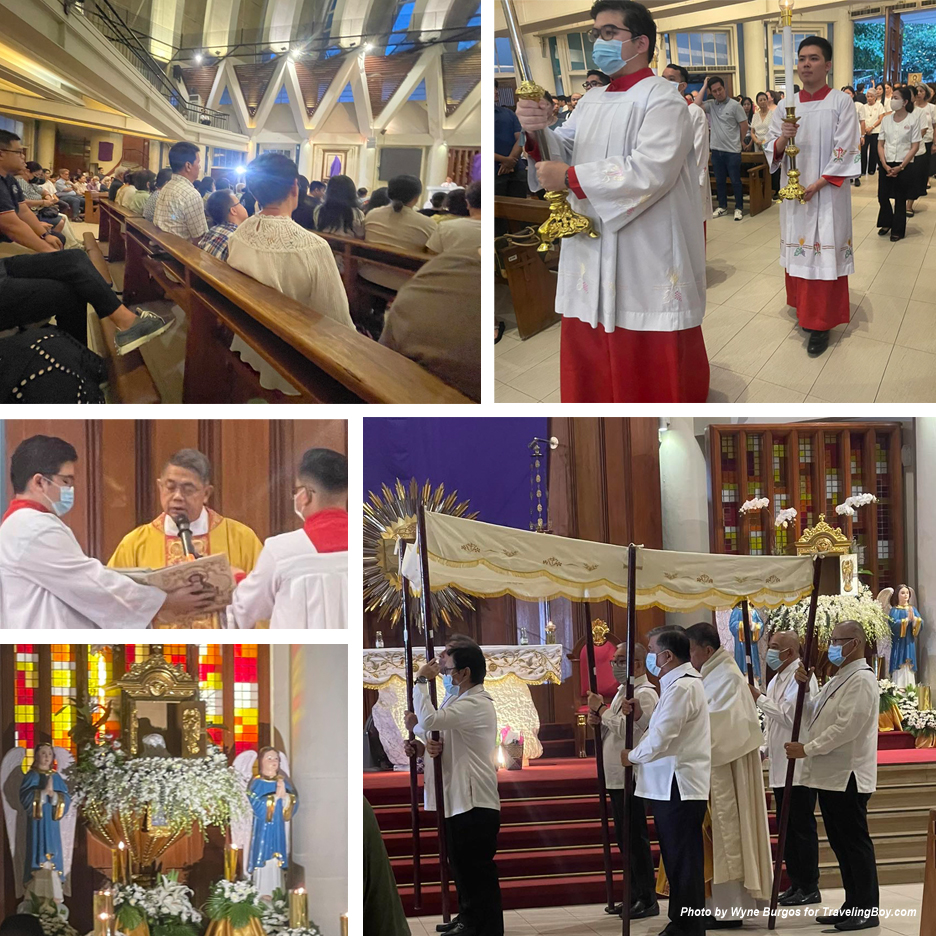

I heard some people actually do bloody penitence. Is that true?
Flaggelation
It certainly is. For several “sinners” this is the one time of the year when they can make amends for their sinful behavior during the rest of the year by way of flagellation. Yes, you heard me right. It’s actually a great religious bargain — one day of self-induced pain to wash out the 364 days of sinful living.
The flaggelants hide their faces under a thin piece of cloth, strip down to the waist and march down the street for all the world to sympathize with them as they whip themselves with broken glass and other thorny material. Why? Catholics (especially the Filipino brand of Catholicism) believe in rewards for their suffering. They believe in sacrificing and long long prayers. The greater the sacrifice, the greater the approval from man and god.
C Fernando shared this video of a procession of street flagellants and cross bearers.
Nailing on the cross
Different towns have their unique versions of the religious festival but Pampanga (north of Manila) is the most popular one because it boasts of actual nailings on the cross. It’s not as bad as you think. The nails are quite small and they are thoroughly washed in alcohol before they are hammered into strategic areas of their hands to do the least damage. And their weight is supported on the cross by ropes on their hands and foot platforms. Of course, the pain is still real.
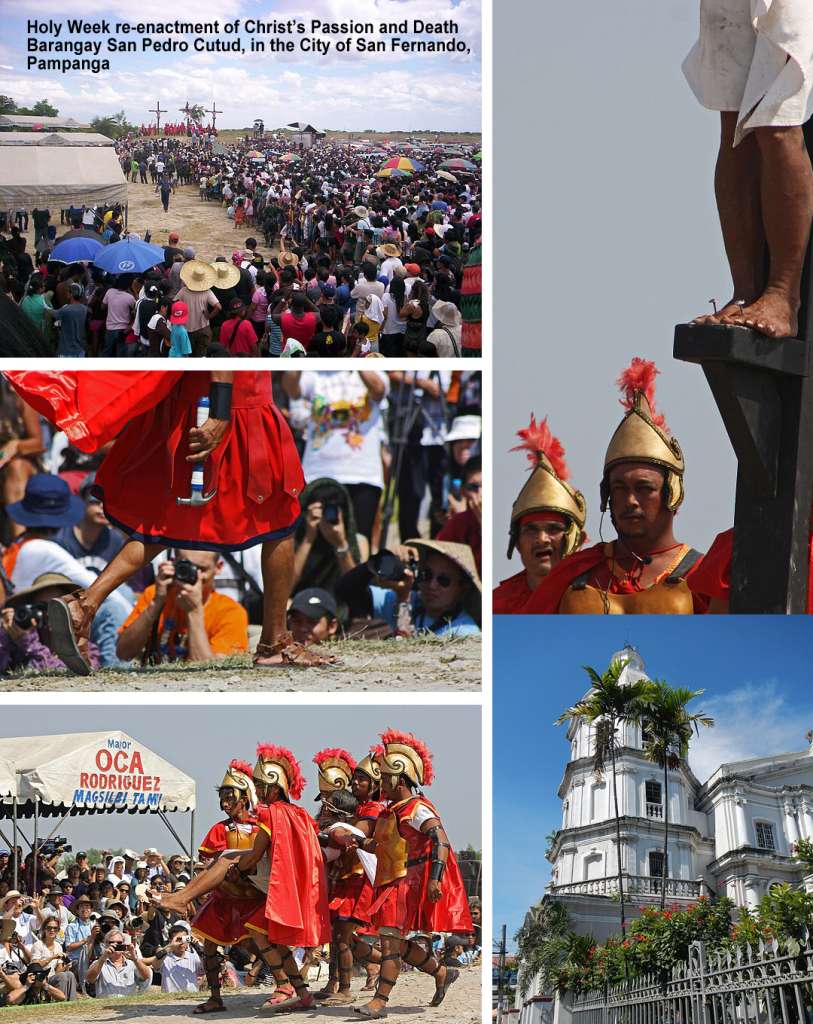
From Western eyes these all look like silly barbaric superstition but to the locals, this is their way of life. This is how they display their total devotion to God. You know how the saying goes: “When in the Philippines, do as the Romans do.”























Horace
April 17, 2024 at 12:07 pm
It’s so bizzare that people would inlfict themselves with so much pain. I don’t care how bad I am, why would I ever want to pay off my sins that way? It’s so crazy!
Karen
April 17, 2024 at 12:08 pm
I’m Catholic but the Philippine version of Catholicism is not what I grew up with. It’s based in fanaticism and superstition.
Rachel
April 17, 2024 at 12:10 pm
I admire the sacrifices the people of the Philippines make. It is so humble of them to make such a public statement of their being sorry for their sins. Keep it up Pilipinos!
James
April 17, 2024 at 12:12 pm
Traffic in the Philippines is horrendous. I’d like to visit there during Holy Week and see what the city looks like with few cars.
Nadine
April 17, 2024 at 12:12 pm
This is why I am not a Catholic!
Don
April 17, 2024 at 12:13 pm
Why aren’t the priests stopping this practice when they know it’s just silliness?